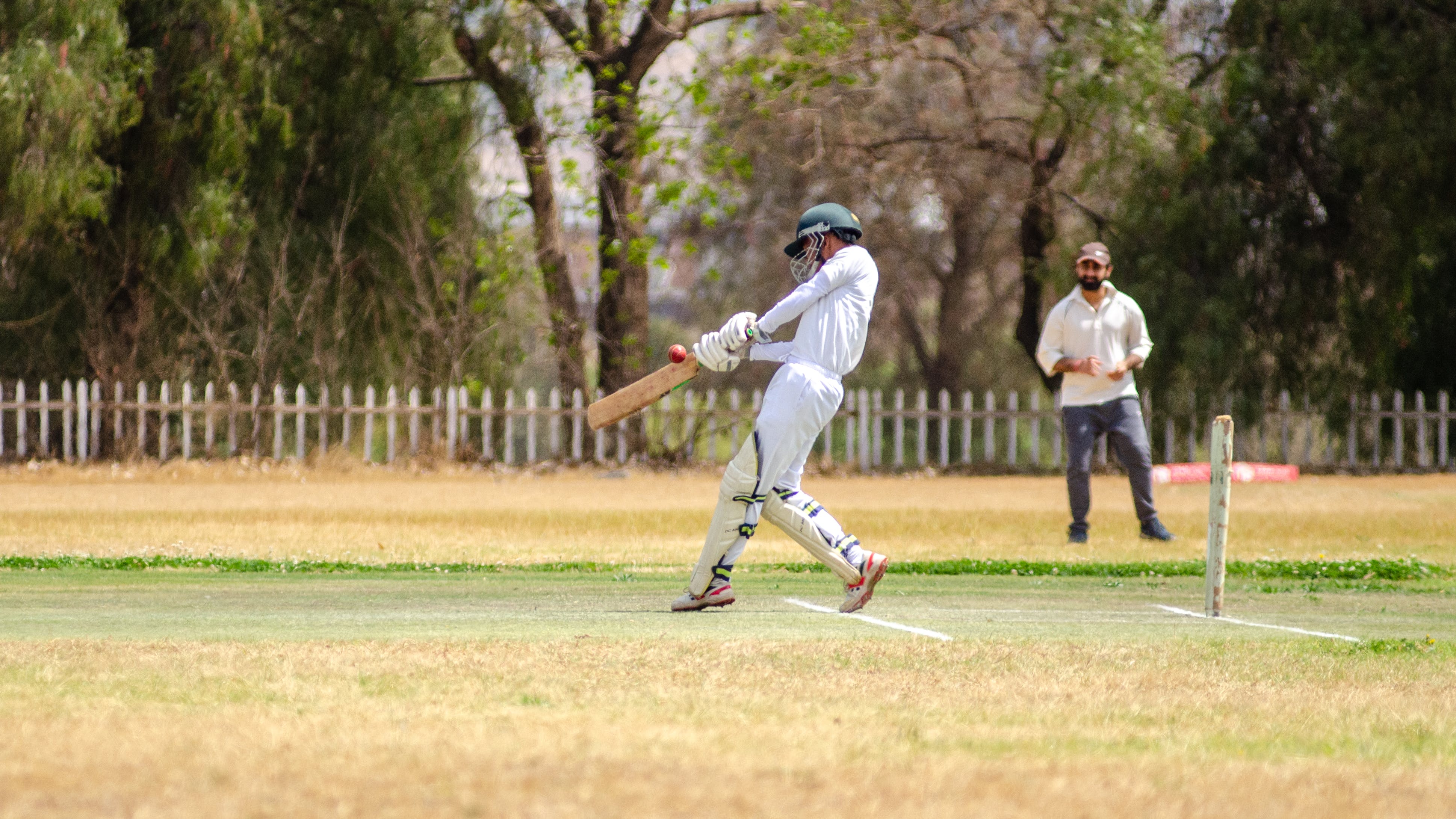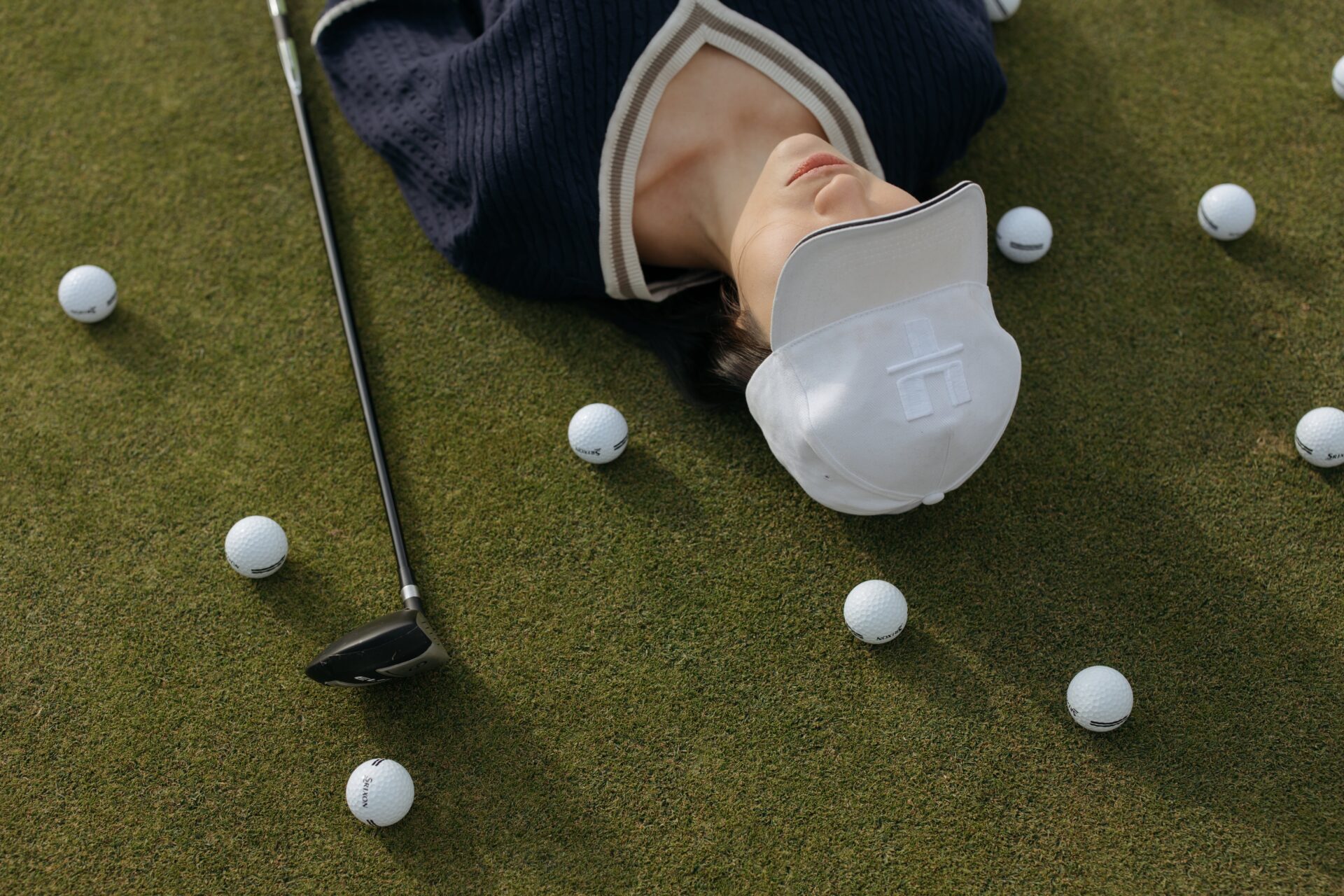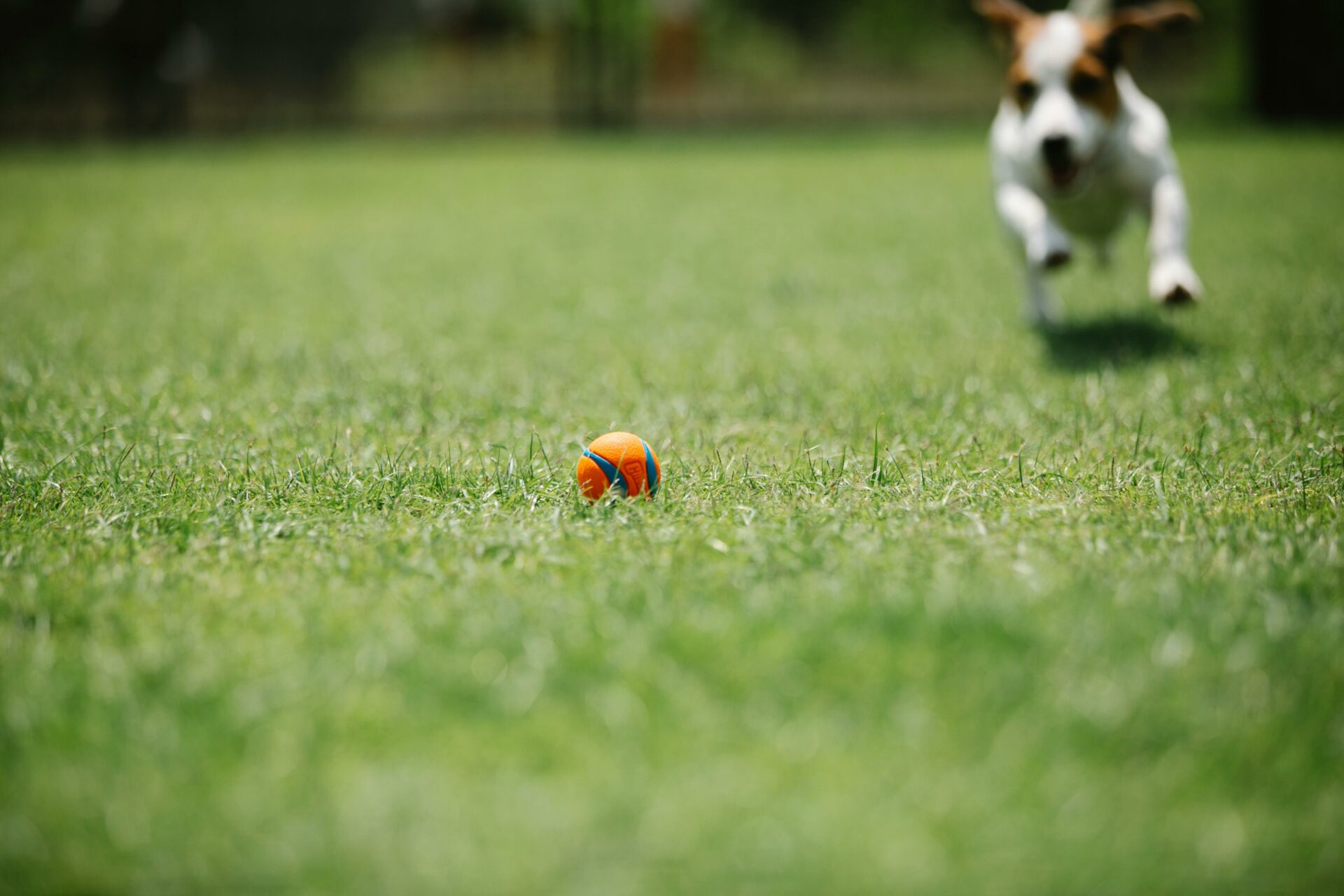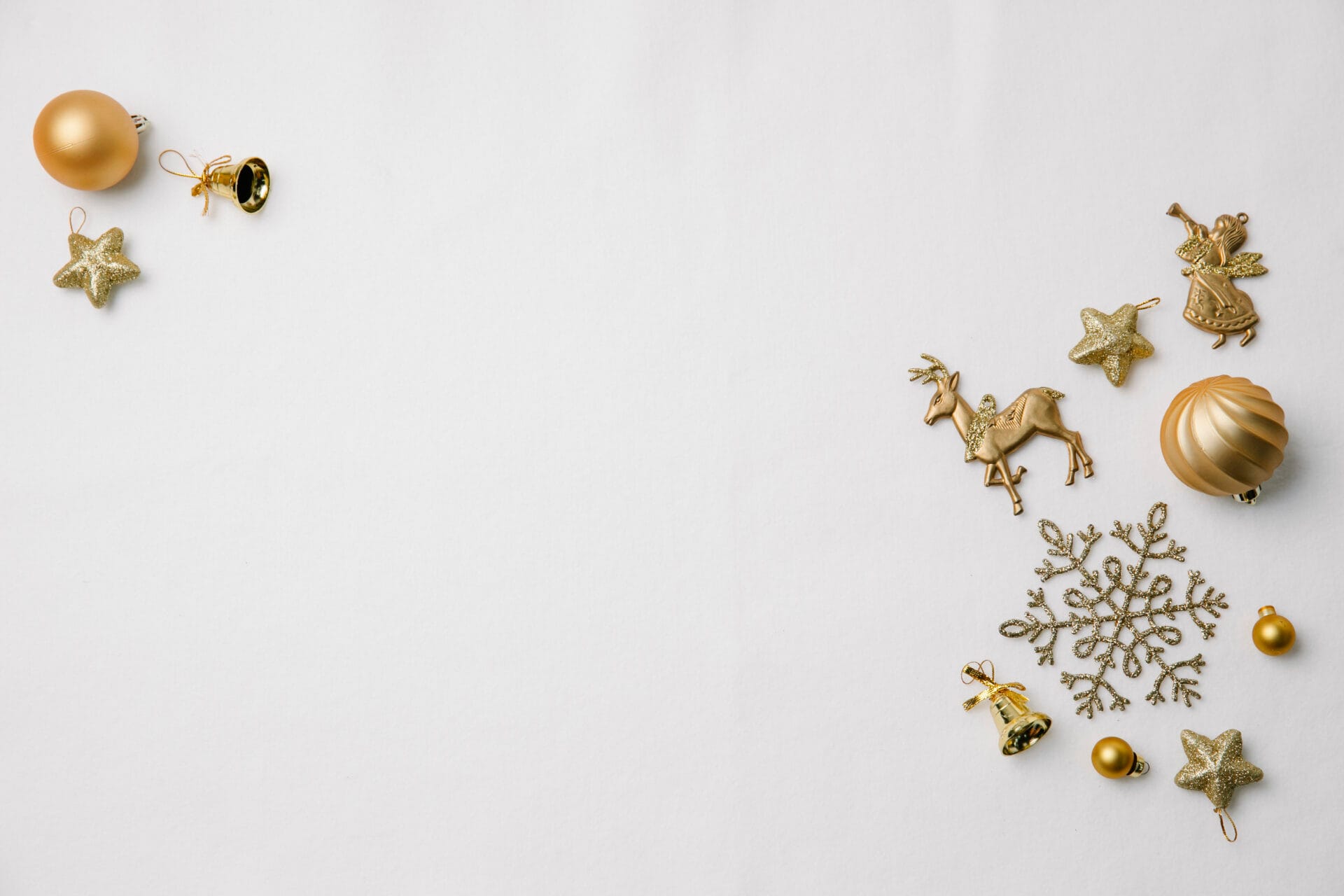Cricket balls are a staple of the popular sport, and they are essential for playing the game. But have you ever wondered what cricket balls are made of? While the majority of cricket balls are made of leather, there is a lot more to it than just that. This article will discuss the materials used to make cricket balls, as well as how they are constructed.Cricket balls are typically made from a core of cork, wrapped in string and then covered in leather. The leather is usually tanned and treated to make it harder and more durable. The cork is often combined with other materials such as rubber, string or yarn to give the ball its shape and weight. The stitching is usually done with cotton thread.
What is the Core of a Cricket Ball Made From?
The core of a cricket ball is made from a cork and twine mixture, bound together with string. The cork is sourced from the bark of a tree, while the twine is typically made from cotton. The combination of these two materials creates a very firm yet light core that is capable of bouncing and spinning when struck. The string that binds the core together adds an extra layer of strength, ensuring that the core stays firmly intact during cricket matches. The exterior of a cricket ball is usually made from leather, providing an additional layer of protection to the core. This also allows for better control when bowling or batting, as well as providing more grip for spin bowlers. The combination of cork and twine in the core ensures that it performs consistently over time and can take significant amounts of wear and tear without losing its effectiveness.
Overall, the combination of materials used to make the core of a cricket ball gives it durability and resilience, enabling it to withstand regular usage over long periods without any significant damage or degradation in performance.
Covering of a Cricket Ball
The covering of a cricket ball is made from leather. This leather is tanned and treated to make it suitable for use as a cricket ball covering. It is then cut, molded and stitched to the shape of a cricket ball. The stitching pattern used on the leather differs depending on the type of cricket ball being created. Generally, there are two types of stitching: four-piece and six-piece. The four-piece stitching uses four pieces of leather sewn together in an X pattern, while the six-piece stitching uses six pieces of leather sewn together in a star pattern. After the covering is stitched together, it is covered with a thin layer of wax or lacquer to make it waterproof and give it extra durability. Finally, the cricket ball is stamped with its manufacturer’s logo and ready for use.
Cricket balls are an important part of the game and their coverings are designed to withstand long hours in play. The materials used for its production ensure that it can withstand wear and tear from being hit by batsman as well as heavy spinners deliveries from bowlers. With proper maintenance and care, these coverings can last several seasons before needing to be replaced with new ones.
How Are the Layers of a Cricket Ball Constructed?
The construction of a cricket ball is not easy. It involves several layers and materials that are carefully put together to make the ball durable and long-lasting. The core of the cricket ball is made from cork, which is covered with layers of yarn and string. The yarn is made from wool or synthetic materials, depending on the type of ball being constructed. It is then wound tightly around the cork in a spiral pattern. This helps to give the ball its shape and gives it strength when it hits the bat. After this, a layer of rubberized cork is added to protect the yarn from wear and tear. The final layer consists of leather, which gives it its distinctive look and provides grip for bowlers. All these layers are then stitched together by hand using special needles to ensure that they do not come apart during play.
How Are the Seams of a Cricket Ball Constructed?
The seams of a cricket ball are constructed by winding several layers of twine or thread around the inner core. The thread is then stitched together using a needle to create a raised seam. This helps the ball to maintain its shape and adds an extra layer of grip for spin bowlers. The raised seam also helps the ball travel through the air more easily, which is essential for good bowling accuracy. The thread used in constructing the seams can be of different sizes and thicknesses, depending on the quality and type of cricket ball being made.
The stitching process is done by hand, which requires great skill and precision as one wrong stitch can ruin the entire ball. To ensure that all balls have an even surface, the stitches are kept as close together as possible and each stitch is made with an equal amount of tension. Once the stitching is complete, a protective coating is applied to help keep dirt and moisture out and extend the life of the cricket ball.
Cricket balls also feature an indentation or dimple on one side which helps them rotate in flight when bowled properly. This indentation can be seen on both sides of a new cricket ball but will become more pronounced over time due to wear and tear from regular use during play.
Overall, constructing a cricket ball requires careful craftsmanship and precision in order to produce a durable product that performs well during play. The quality and type of thread used, along with how it’s stitched together, can make all the difference when it comes to producing high-quality cricket balls that last longer and perform better during play.
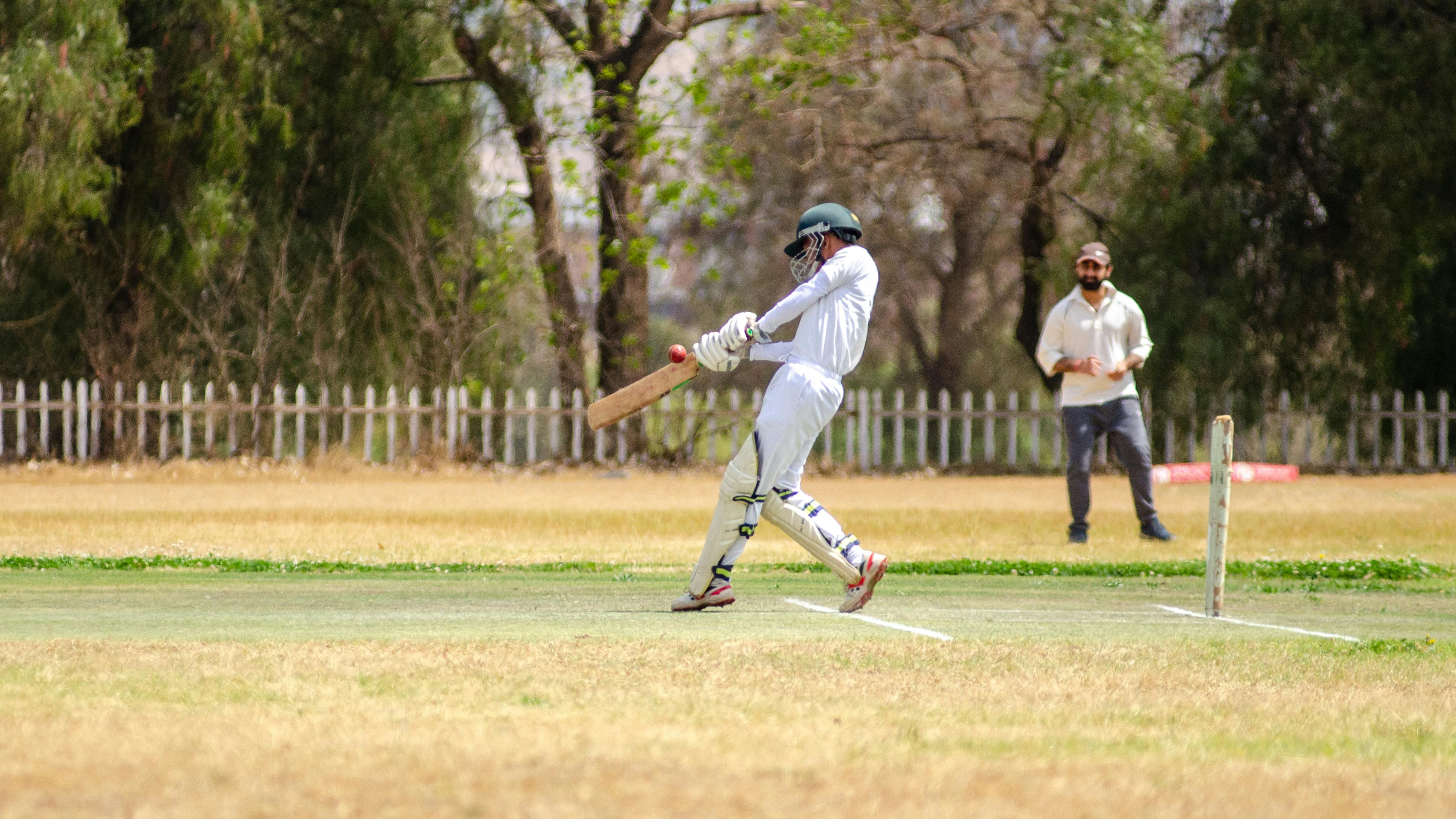
What Is the Weight of a Cricket Ball?
The weight of a cricket ball is between 155 and 163 grams. A regulation cricket ball is also required to have a circumference of no less than 22.4 cm and no more than 22.9 cm. The weight and size of the cricket ball are very important factors in the game as they can influence the batsman’s ability to hit the ball, as well as how far it will travel when hit.
Cricket balls used in international matches are made from cork and leather, while lower-level matches may use plastic or rubber balls. The traditional red leather cricket ball is used in Test matches, while white balls are used for One Day Internationals (ODIs) and Twenty20 Internationals (T20Is). White balls are easier to see at night or in bad weather, which is why they are often used in limited-over matches.
The weight of a cricket ball can vary slightly depending on its type, with heavier balls being harder for batsmen to hit but also travelling further when struck correctly. Different types of bowlers may prefer different weights, with spin bowlers often preferring lighter balls which allow them greater control over their deliveries.
The core of a cricket ball consists of cork which is tightly wound with string before being covered with two layers of leather which have been dyed either red or white. The stitching on the outside of the ball allows it to swing through the air when bowled correctly, making it more difficult for batters to judge where it will land after being released from the bowler’s hand.
In addition to its weight and size, a cricket ball will also be tested for its hardness before being approved for use in an international match, with only those that meet specific criteria allowed on the field. This helps ensure that all players have access to consistent equipment during play and that any unexpected movement or bounce from the pitch does not give an unfair advantage to either team.
Are There Different Types of Cricket Balls?
Yes, there are different types of cricket balls available in the market. The most common type is the red ball, which is used in Test matches and first-class cricket. This type of ball is made from cork and tanned leather and has a solid core made from cork and rubber. It also has an inner layer of string that helps to keep the ball’s shape. The red ball is heavier than other types of balls, which makes it more suitable for longer matches.
The white ball is another popular type of cricket ball used in limited overs matches such as one-day internationals and Twenty20 games. This type of ball is typically made from plastic or polyurethane and has a hollow core filled with cork dust or rubber pellets for extra weight. The white ball tends to wear out faster than the red ball so it needs to be replaced more often during the game.
Another type of cricket ball that is used in some professional leagues is the pink ball. This type of ball is similar to the white one but it has a pinkish hue due to a coating on its surface that helps it stay visible even in low light conditions. The pink ball also has an extra layer of lacquer on its surface that allows it to retain its shape better than other types of balls.
Finally, some leagues use a fluorescent yellow cricket ball instead of a traditional red or white one. These balls are designed to be very visible even under low light conditions, making them ideal for night games or day/night matches when natural light levels are low.
Do Different Types of Balls Affect Performance?
The type of ball used in a sport can have a major impact on performance, as different types of balls are designed for different sports and purposes. Balls come in all shapes and sizes, with each one designed for specific sports and activities. In some cases, the type of ball used can make the difference between winning or losing a game. Different balls offer different levels of control, speed, durability, and bounce, which can all affect how well a team performs in a given sport.
The most common types of balls are made from leather, rubber, plastic, or foam. Leather balls are usually used for sports like football and rugby because they provide excellent grip and control. Rubber balls are often used in games like basketball because they provide good bounce when thrown or dribbled. Plastic balls are often used in sports like tennis because they provide good control and spin when hit with a racket. Foam balls are usually used in batting cages because they provide good shock absorption when hit with a bat or club.
In addition to material composition, the size of the ball can also affect performance significantly. Smaller-sized balls are generally better suited for precision-based sports such as golf or table tennis where accuracy is key to success; larger-sized balls generally work best for fast-paced team sports such as soccer or basketball where speed is important. It’s also important to consider the weight of the ball; lighter balls may be easier to throw or dribble but can lack power while heavier ones may be harder to control but will typically travel farther upon impact.
Overall, it’s clear that different types of balls can have an effect on overall performance during games and practices. By choosing the right type of ball for your sport or activity, you can help ensure that your team has the best chance at success possible!
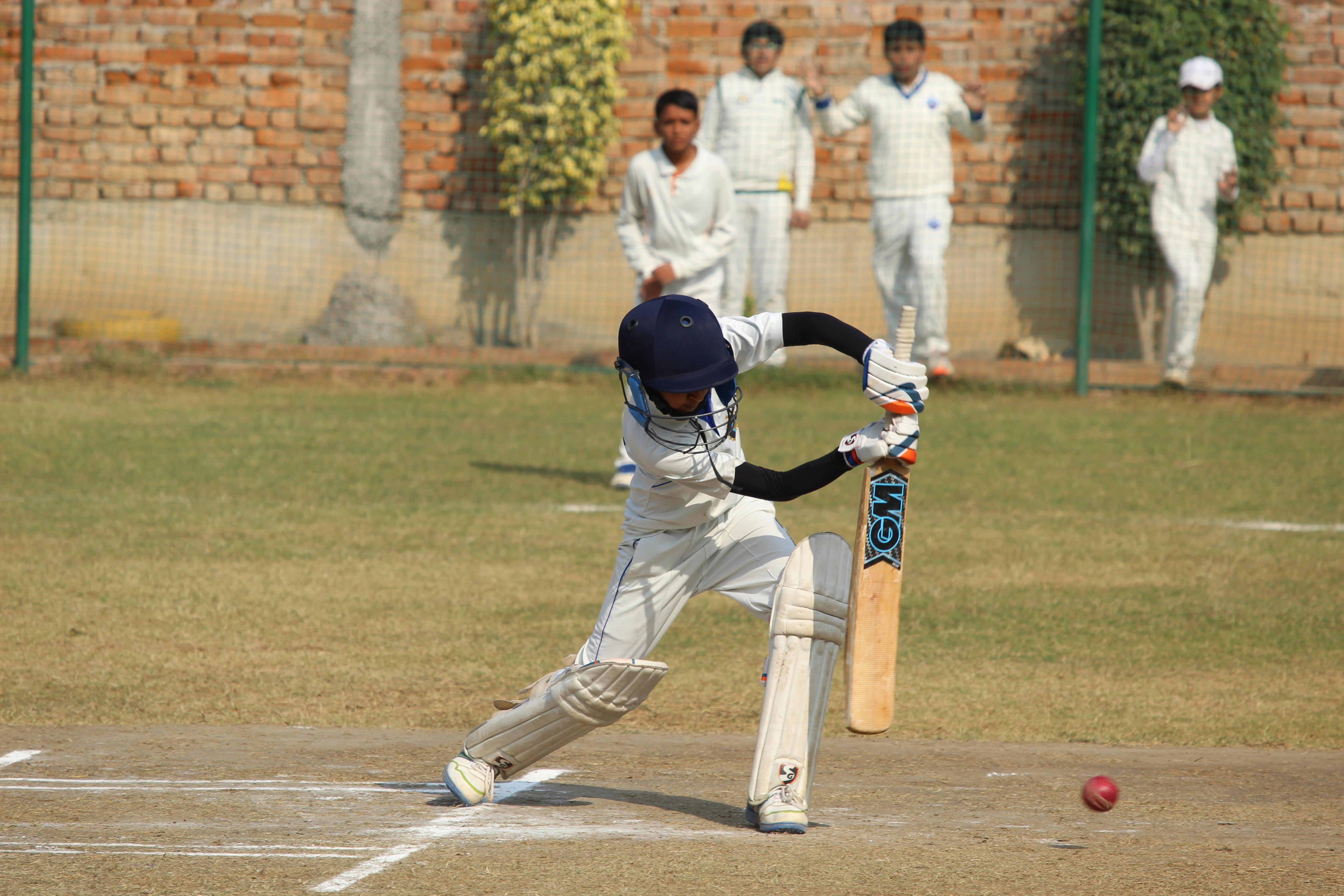
Conclusion
Cricket balls are an essential piece of equipment for any cricket match. They are made from a variety of materials, including cork, string, leather and rubber. The quality of the cricket ball is important for performance and safety, so it is important to choose the right material. Taking into consideration the type of surface on which the game will be played as well as the weather conditions is important when selecting a cricket ball. Different manufacturers use different combinations of materials to create their cricket balls, so it is important to choose one that best suits your needs.
Overall, there are many factors that go into deciding what a cricket ball is made of. Knowing what materials are used in a cricket ball can help players select one that best suits their needs and performance requirements. With this knowledge in hand, players can make sure they have the right equipment to play their best game of cricket.

